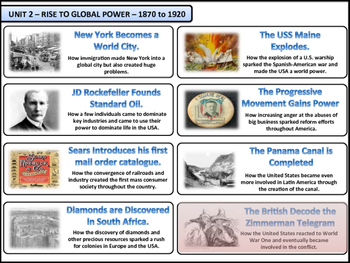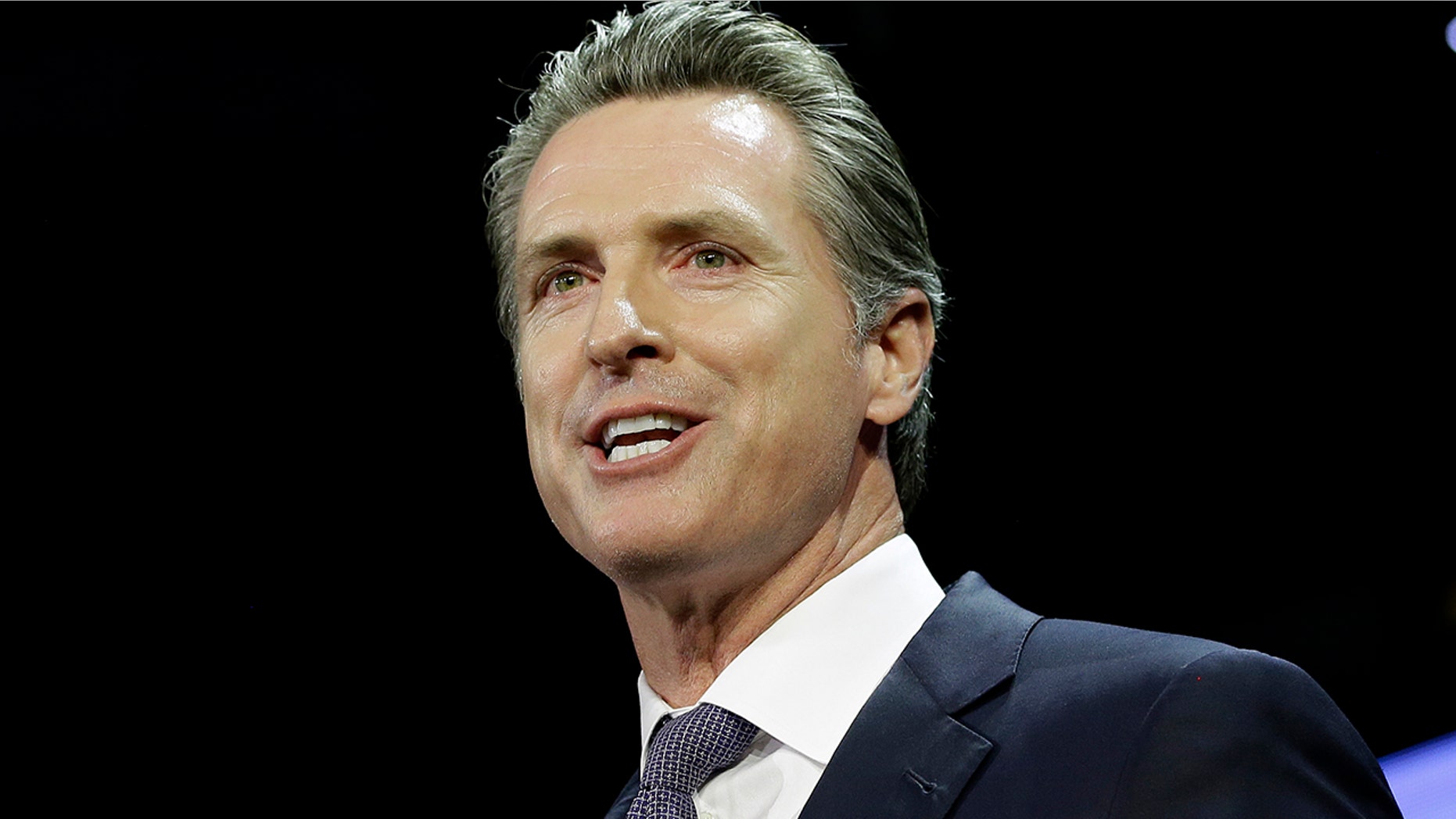April 1945: Turning Points Of World War II

Table of Contents
The Fall of the Eastern Front
The Eastern Front in April 1945 was the scene of the final, devastating blows against Nazi Germany. The Soviet Red Army's relentless advance culminated in the capture of Berlin, a strategic and symbolic victory of immense importance.
The Battle of Berlin
The Battle of Berlin (April 16 – May 2, 1945) was a brutal and bloody urban conflict. Marshal Georgy Zhukov, under the direct command of Joseph Stalin, led the Soviet forces in a relentless assault on the German capital.
- Key Figures: Marshal Georgy Zhukov, Joseph Stalin, Heinrich Himmler, and Adolf Hitler played crucial roles in the battle's outcome.
- Significant Battles: The Battle for the Seelow Heights, a crucial preliminary battle, and the subsequent house-to-house fighting within Berlin itself, including the fierce battle for the Reichstag, stand out as particularly significant.
- Civilian Casualties: The battle resulted in catastrophic civilian casualties, with estimates ranging in the hundreds of thousands.
- Symbolic Significance: Capturing Berlin was a powerful symbol of the complete collapse of Nazi Germany. The raising of the Soviet flag over the Reichstag became an iconic image of Allied victory.
The Collapse of Nazi Germany in the East
The fall of Berlin triggered a rapid collapse of German forces across the Eastern Front. German morale plummeted, and the disintegration of the German command structure accelerated the defeat.
- Surrenders of German Army Groups: Numerous German army groups surrendered en masse, overwhelmed by the Soviet onslaught.
- Mass Surrenders of German Soldiers: The sheer number of German soldiers surrendering demonstrated the complete breakdown of German resistance.
- Disintegration of German Command Structure: The loss of Berlin effectively paralyzed the remaining German high command, hindering any organized defense.
The Western Allied Advance
While the Soviets were inflicting the decisive blows in the East, the Western Allies were also making significant progress. Their combined advance in April 1945 crippled the German war machine further, accelerating the inevitable defeat.
The Ruhr Pocket
The encirclement and capture of the Ruhr industrial region by Allied forces (Americans, British, and Canadians) was a major turning point. This strategically crucial area housed a vast network of factories and resources critical to the German war effort.
- Participating Allied Forces: The operation involved a coordinated effort between the US, British, and Canadian armies.
- Strategic Significance of the Ruhr: The Ruhr's industrial capacity fueled much of the German war machine; its loss severely hampered German production of weaponry and other essential materials.
- Impact on German Production: The capture of the Ruhr effectively crippled German industrial capacity, dealing a devastating blow to their ability to continue fighting.
Advance Across the Rhine
The Allied crossing of the Rhine River in April 1945 was a daring military achievement that opened the way for the final push into the heart of Germany.
- Key Operations: Operations Plunder and Varsity, involving both ground and airborne assaults, were pivotal in securing bridgeheads across the Rhine.
- Importance of Securing Bridgeheads: Establishing secure bridgeheads allowed Allied forces to mass their troops and equipment for the final advance into Germany.
- Challenges Faced by Allied Forces: Despite the successes, the Allied forces still faced significant challenges, including strong German resistance and difficult terrain.
The Death of Adolf Hitler and the End of the Third Reich
April 1945 also witnessed the death of Adolf Hitler and the final collapse of the Third Reich, marking the symbolic end of Nazi Germany.
Hitler's Suicide
Hitler committed suicide in his bunker on April 30, 1945. His death was a pivotal moment, signaling the inevitable end of the Nazi regime.
- Date, Location, Method: Hitler died by suicide in his Führerbunker in Berlin on April 30, 1945, using a gunshot and cyanide.
- Impact of His Death on Nazi Leadership: Hitler's death plunged the Nazi leadership into chaos and hastened the surrender.
The Final Days of the Reich
The final days of the Third Reich were characterized by chaos and internal power struggles. Following Hitler's death, Grand Admiral Karl Dönitz briefly assumed leadership, but the end was unavoidable.
- Key Events: The formation of the Flensburg government and its subsequent dissolution, and the leadership of Grand Admiral Karl Dönitz were key events in this period.
- Internal Power Struggles within the Nazi Party: Intense infighting amongst the remaining Nazi leadership further destabilized the regime.
- Official Surrender of Germany: Germany's unconditional surrender was signed on May 8, 1945, officially marking the end of World War II in Europe.
The Liberation of Concentration Camps
The liberation of concentration camps by Allied forces in April 1945 revealed the horrors of the Holocaust to the world, forever changing the course of history.
Allied Discoveries
The discovery of concentration camps like Bergen-Belsen and Buchenwald by Allied troops exposed the systematic extermination and brutal treatment inflicted upon millions.
- Specific Examples of Liberated Camps: Bergen-Belsen, Buchenwald, and numerous others provided horrific evidence of the Nazi atrocities.
- The Conditions Found Within: The sheer scale of death, starvation, disease, and torture uncovered in these camps shocked the world.
- The Immediate Aftermath: The liberation initiated the process of providing aid to survivors and documenting the crimes committed.
The Beginning of Accountability
The liberation of the camps marked the beginning of the long and crucial process of bringing Nazi war criminals to justice.
- Nuremberg Trials (briefly mentioned): The Nuremberg trials, beginning in 1945, held high-ranking Nazi officials accountable for their crimes. [Link to further information about the Nuremberg Trials]
- Initial Investigations into War Crimes: Immediate investigations were launched to document the atrocities and identify those responsible.
- Establishment of Allied Military Government: Allied forces established military governments to administer the defeated territories and initiate the process of rebuilding.
Reflecting on the Turning Points of April 1945 in World War II
April 1945 witnessed a confluence of events that irrevocably altered the course of World War II. The fall of the Eastern Front, the Western Allied advance, the death of Hitler, and the liberation of concentration camps all played crucial roles in bringing about the end of the war in Europe. These events had a profound and lasting impact on the geopolitical landscape, shaping the post-war world order and the ongoing struggle for peace and justice. To further explore the crucial events of April 1945 and their impact on the course of World War II, consider visiting reputable historical archives and museums or exploring further research on this pivotal period. Delving deeper into the history of April 1945 offers invaluable insight into this crucial turning point in World War II.

Featured Posts
-
 Planning Your Stagecoach 2025 Trip What You Need To Know
Apr 25, 2025
Planning Your Stagecoach 2025 Trip What You Need To Know
Apr 25, 2025 -
 Bayern Munich Wins Thriller Against Stuttgart Extends Bundesliga Lead
Apr 25, 2025
Bayern Munich Wins Thriller Against Stuttgart Extends Bundesliga Lead
Apr 25, 2025 -
 Trumps Focus On Foreign Funding Examining Its Impact On Harvard And Other Universities
Apr 25, 2025
Trumps Focus On Foreign Funding Examining Its Impact On Harvard And Other Universities
Apr 25, 2025 -
 Gavin Newsoms Toxic Democrat Comment A Deeper Dive
Apr 25, 2025
Gavin Newsoms Toxic Democrat Comment A Deeper Dive
Apr 25, 2025 -
 Conoce A Los Ganadores De Los Premios Caonabo De Oro 2025
Apr 25, 2025
Conoce A Los Ganadores De Los Premios Caonabo De Oro 2025
Apr 25, 2025
Latest Posts
-
 Celebrazione Della Vita E Della Carriera Di Mario Nanni Maestro Del Giornalismo
Apr 30, 2025
Celebrazione Della Vita E Della Carriera Di Mario Nanni Maestro Del Giornalismo
Apr 30, 2025 -
 Addio A Mario Nanni La Sua Eredita Nel Giornalismo Parlamentare
Apr 30, 2025
Addio A Mario Nanni La Sua Eredita Nel Giornalismo Parlamentare
Apr 30, 2025 -
 Mario Nanni Omaggio A Un Grande Del Giornalismo Parlamentare Italiano
Apr 30, 2025
Mario Nanni Omaggio A Un Grande Del Giornalismo Parlamentare Italiano
Apr 30, 2025 -
 Il Complotto Becciu Cosa Rivelano Le Chat Pubblicate Da Domani
Apr 30, 2025
Il Complotto Becciu Cosa Rivelano Le Chat Pubblicate Da Domani
Apr 30, 2025 -
 Cardinal Trial Evidence Of Prosecutorial Misconduct Prompts New Investigation
Apr 30, 2025
Cardinal Trial Evidence Of Prosecutorial Misconduct Prompts New Investigation
Apr 30, 2025
